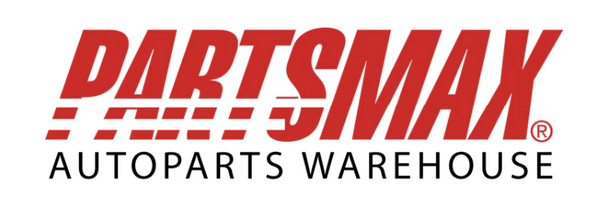
If you have invested a lot of money into your tires for that comfortable ride or performance in inclement weather or on the track, examining your tires for premature uneven wear is critical to retaining your investment.
In fact, even if you are driving on a standard all-season, you can take a few minutes every month to double-check your treadwear on the tires during the daylight hours and take preventative measures. Many times, you simply need an alignment, tire balancing, or adjustments to the air pressure. Letting these problems progress unnecessarily taxes your income and can reduce your safety. Let’s consider the different problems and the signs they can create in your treadwear below.
Different Types of Wear Patterns
#1: Underinflated Tires
When your tires are underinflated, they tend to wear down faster along the outer edges. This is because the tire is designed to have a specific footprint and develops excess heat and friction in areas where the tread is not thick enough for continual contact. The solution is simply to inflate your tires to the ideal air pressures and to check for leaks if they are low again a few days later.
#2 Overinflated Tires
If your tires are overinflated the wear will be more significant in the center of the tire. This is because the tires blow up and become rounder when you overinflate them. If you simply adjust the air pressure and correct the PSI to match the number listed on your doorjamb, you will save your tires from premature wear and improve your handling. The key sign of overinflated tires is skittish handling that feels nervous and like your car is on stilts.
#3: Wear Only on One Side
While wear on both sides usually indicates underinflated tires, wear on one side is indicative of an alignment problem. You may feel a pulling sensation to one side and experience it when you simply let your hands off the wheel. The solution is to take your vehicle to a shop that calibrates the ideal alignment using high-tech laser equipment.
However, if both of the front-end tires have to wear on the edges, this could mean that you are simply taking turns too fast and compressing the tires in the sharp bends. Your tires may also squeal when you are taking turns as indications that the alignment is bad or that the tires are underinflated.
#4: Uneven Tread Wear
If the tread patterns do not demonstrate a consistent line, but rather show bald spots or deeper cups and scallops, this is indicative of a wheel balancing problem and/or improper alignment. You should have both checked and corrected at a reputable auto shop. This can even be from bad shocks if you have bald spots rhythmically spaced out along the tire.\
Related article: How Many Miles a Tire Should Last
#5: Saw-toothed Wear Pattern
You will have this zig-zagging type of wear when the alignment is off. This is caused by the vibration of the front-end and the bouncing of the pressure oscillating on different angles of the tire. A front-end alignment will keep this in check.
How to Check Tires for Uneven Wear
Now that you know how to identify the potential patterns and problems that can lead to uneven tread wear, let’s consider how you check tires for uneven wear at home. The easiest method is to simply turn the steering wheel to the right or left at a hard angle to get a good view of the tire tread surface.
If you have a flashlight, this will help you see the tread in better detail. You can carefully roll the car forward slightly in neutral on a flat lot to see the entire tread surface.
For the rear tires, you may have to jack up the vehicle and spin them to get a good look. Always be sure to use a professional auto jack and appropriately rated jack stands rather than the spare tire worm-gear jack in your trunk.

